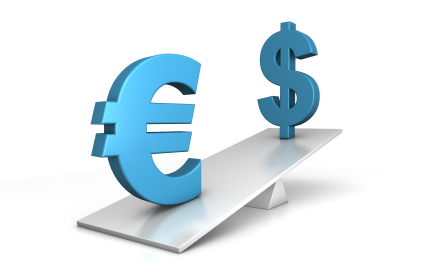The past couple of weeks have provided a prime example of how exchange rates are calculated and what internal and external factor effect their movements. What has happened in Russia recently typifies many of the causes and reactions of the markets to any sort of change.
We are all aware that originally it was the sanctions placed on Russia over their actions in the East of Ukraine that put pressure on their economy and drove them towards negative growth and ultimately recession, however the fall on oil prices has had a much more significant impact on the country’s fortunes.
Russia’s reliance on oil and gas exports can not be understated with the country’s coffers receiving 45% of its income from the taxes on oil and gas revenues. Like any country the Russian government produces budget forecasts and has to predict an oil price to do this. Currently next year’s budget is based on selling its reserves at $100 to meet its commitments but with oil prices falling by almost 25% to $88 and predicted by some to reach $65 a barrel, Russia will struggle to pay its bills.
As we mention in our “how exchange rates are calculated” page, interest rate parity is based on the current state of a country’s finances and the future prospects of a country’s finances. With the stock market dropping over 20% in the past two days and the ruble nearly halving in value over the past year it is easy to see that with further falls in the oil price on the cards there is not much on the horizon to help secure the currency.
The other impacts are the country’s central bank’s interest rate, which Russia raised to 17% last night, from 11.5%, in a bid to stop any further falls by the ruble by attracting inwards investment but with inflation threatening to hit double digits this increase is quickly eaten into.
So you can see in this extreme case exactly how the following has an impact on the value of a country’s currency:
- Interest Rates
- Inflation Rates
- Economic Stability
- Spot Rate
- Future Rate
